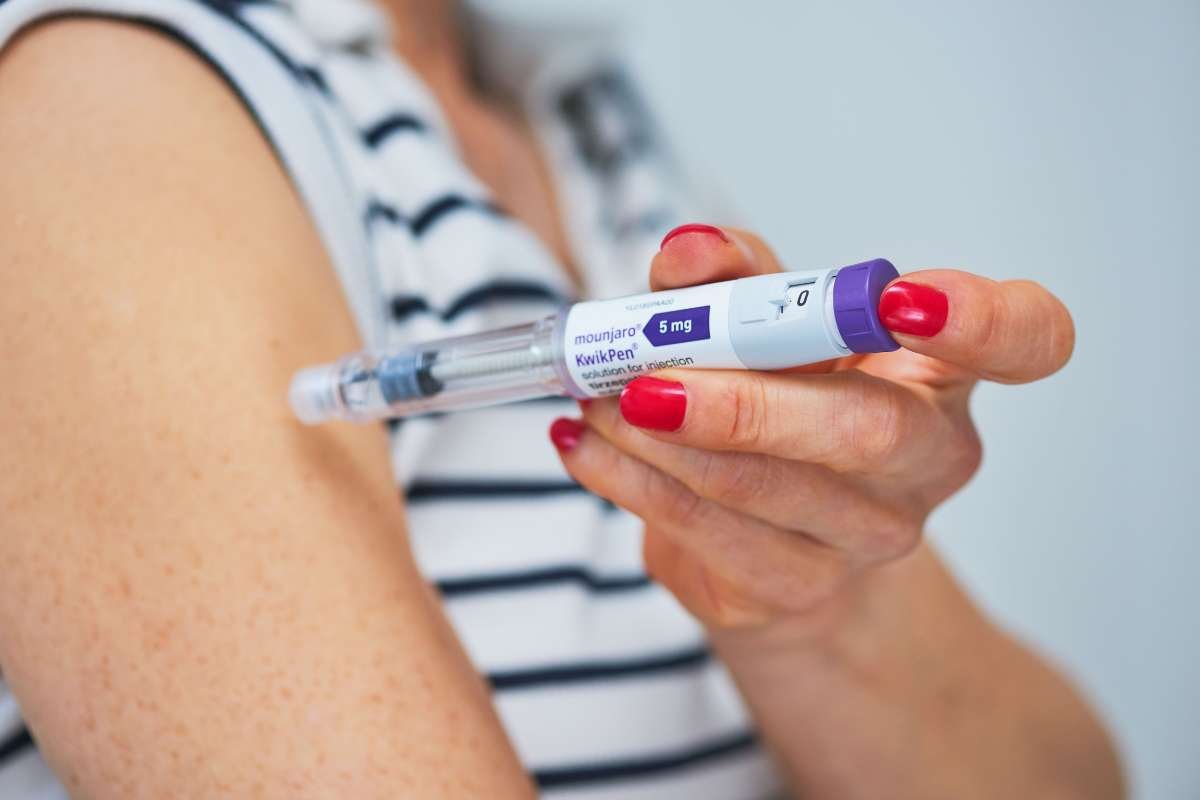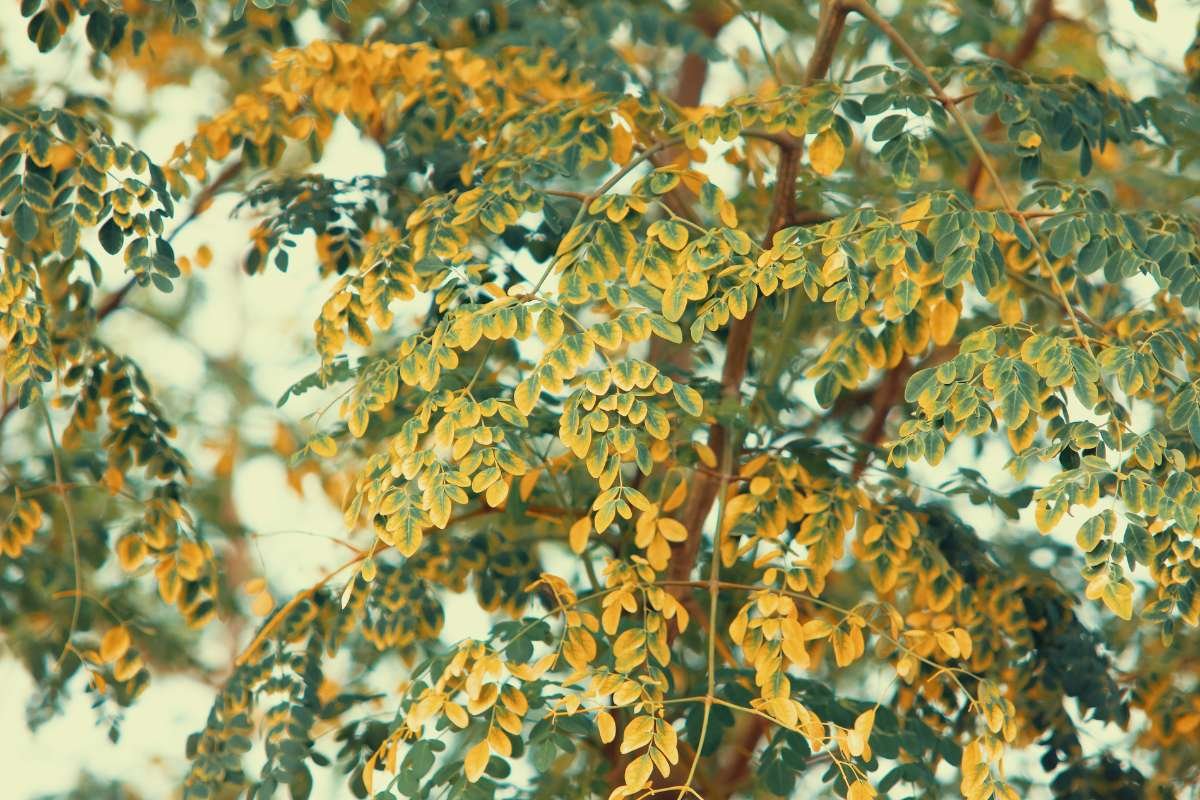The second-ever malaria vaccine that the World Health Organisation has advised using is a crucial component of Novavax’s (NVAX) Matrix-M, an adjuvant that aids in providing broader protection in malaria vaccines. Before the pandemic, before Novavax produced its first commercial vaccine, the COVID-19 vaccine, the adjuvant, which is licenced to the Serum Institute of India (SII) for endemic nations, had been tested in a vaccine candidate from the University of Oxford.
Novavax… is proud of the role… our saponin-based Matrix-M adjuvant plays in the R21/Matrix-M malaria vaccine’, said CEO John Jacobs in a statement.
According to SII CEO Adar Poonawalla, the new doses of the vaccine will be supplied by the India-based SII, the largest vaccine maker in the world, which will assist reduce demand in Africa in particular.
“Unfortunately, the demand has been higher—much higher—than what other producers could reasonably supply. Therefore, the good news is that we now have a second country choice, Poonawalla told Yahoo Finance.
Poonawalla noted that the partnership with the University of Oxford predates the pandemic and that this was the initial vaccine the two were developing before switching to the AstraZeneca/Oxford COVID-19 vaccine to combat the epidemic. In advance of the release early the following year, SII said it has already started producing doses of the R21/Matrix-M malaria vaccine. In the following two years, it plans to ramp up to 200 million doses from the current 20 million doses. According to Poonawalla, a single dose will cost less than $5.
New malaria vaccine “could save millions of lives”
Creating goods in Africa
Before it had to impose export restrictions at the request of the Indian government in order to use doses locally, The Serum Institute was one of the only suppliers of COVID-19 doses on the African continent. The sub-Saharan nations and the biggest vaccine manufacturer in the world suffered as a result. There were limited manufacturing possibilities on the continent to produce doses at volume, which revealed an even greater issue.
Advocates and governments began to push for equity in the Global South as a result, and businesses including Pfizer (PFE), Moderna (MRNA), and BioNTech (BNTX) made a number of commitments and plans in response. Pfizer produced doses in South Africa using a pre-existing collaborator, the Biovac Institute. Moderna pledged to construct a building in Kenya.
While none of those initiatives were designed to meet the pandemic’s urgent demands, they are assisting in the rising movement to increase the number of doses produced on the continent. Since then, some attempts have slowed. In addition to talking about plans for a facility in South Africa, BioNTech committed to a project in Rwanda where it will send smaller manufacturing containers. Recent reports indicate that the latter notion has been abandoned.
The Mastercard Foundation and the Institut Pasteur de Dakar are working together to invest in Senegal’s manufacturing sector. By 2040, the African Union will be able to produce 60% of the continent’s vaccination requirements because to this. Aspen Pharmacare, which had previously collaborated with Johnson & Johnson (JNJ) for its COVID vaccine, and The Serum Institute have joined to create a number of malaria vaccines. The malaria vaccine, which Serum makes in India, is excluded from the deal.
“Our collaboration with Aspen is eager to further it and reassure the African nations, ‘Look, we’re starting to do things here.’ Other businesses are also manufacturing and helping the continent become a little more self-sufficient, not just the Serum Institute, according to Poonawalla.







